EACH week, hundreds of planning applications come before Cornwall Council’s planning department, seeking to win approval for various plans right across the Duchy.
These plans can comprise of a number of different reasonings– ranging from permission to replace windows or listed building consent ranging up to large house building developments or changing of use of a building, for instance, from an office to a café, or flats.
Within this large and often complex system, there are a number of formats from which planning advice and approval can be sought.
These range from full applications where all the details which comprise a proposed development or work to a building are submitted, to outline applications, where further details are yet to be confirmed, for example, an outline application with reserved matters for appearance may not confirm the final proposed development but rather seek permission in principle.
An example of this is one for an outline permission for 20 dwellings on land with reserved matters for appearance and scale; the reserved matters would require further permission later for their inclusion.
Other types of applications include pre-application advice requests, where would-be developers submit often outline proposals to a local authority to ascertain whether it is likely to gain support or not prior to submitting a planning application.
The vast majority of applications are decided by planning officers employed by a local authority under ‘delegated powers’, meaning they do so on behalf of their employer, however, some applications are ‘called in’ by local councillors to be discussed at an area’s strategic planning committee meeting, meaning the final decision rests with a committee of councillors.
Bungalow alterations refused
PA24/01396: PLANS for the alterations to a bungalow in Looe have been refused by Cornwall Council.
The applicants proposed to construct a new roof over an existing property by turning the ridge around ninety degrees to create gable ends to the east and west to provide a two bedroom accommodation within the roof space at the same time extending a rear west elevation out on a single storey.
The applicants told Cornwall Council that as a young family, the work would be needed to make it their family home.
However, it was refused amid concerns that it would be disruptive to the views provided across the East Looe River amid the loss of a low lying roofscape.
Objecting to the planning permission, Looe Town Council said: “Looe Town Council is concerned that the proposed development is too dominant for the street scheme and that the large increase in ridge height would not be in keeping with neighbouring properties. The extent of this development would have a negative impact on neighbours in terms of overshadowing and, potentially, their privacy with the proposed glass balustrades, etc. Please refer to Policy 12 of the Cornwall Local Plan, particularly Section 1 - As part of a comprehensive place-shaping approach, proposals will be judged against fundamental design principles of: a. character ' creating places with their own identity and promoting local distinctiveness while not preventing or discouraging appropriate innovation.
“Being of an appropriate scale, density, layout, height and mass with a clear understanding and response to its landscape, seascape and townscape setting; and b. layout ' provide continuity with the existing built form and respect and work with the natural and historic environment; high quality safe private and public spaces; and improve perceptions of safety by overlooking of public space; and Section 2 - In addition development proposals should protect individuals and property from: a. overlooking and unreasonable loss of privacy; and b. overshadowing and overbearing impacts; and c. unreasonable noise and disturbance.”
The accompanying planning officers report concluded: “As the proposal is for an extension to an existing dwelling, limited public benefits would arise from the proposal. The dwelling would appear at odds with the scale and existing built form and would result in the loss of the low lying roofscape in this section of East Looe, which provides far reaching views across the East Looe River and across to West Looe.
“Moreover, the development would also result in adverse impacts to the amenities of the occupiers of numbers 31 and 35 Bodrigan Road, through overlooking and loss of privacy. As such, these identified harmful impacts are felt to significantly outweigh any potential limited public benefits.
“Taking these factors into account, on balance it is considered that the proposal is not acceptable and is therefore recommended for refusal. All other matters raised have been taken into account, but none is of such significance as to outweigh the considerations that have led to the conclusion. The recommendation would accord with the comments of the Town Council.”
In refusing the application, Cornwall Council told the applicants: “The proposed development, due to its scale, form, layout, height and mass, would present an incongruous dwelling which would be at odds to the existing built form and vernacular of the houses along this street scene. The proposal would further result in the loss of the low lying roofscape in this section of East Looe, which provides far reaching views across the East Looe River and across to West Looe and the West Looe Valley. Therefore the proposal would fail to positively contribute to the character and appearance of the area and would result in harm from the loss of this commonly seen view within the Looe and Seaton Valleys Area of Great Landscape Value.
“For these reasons the proposal is contrary to the aims of policy DS5 of the Looe Neighbourhood Development Plan March 2022, policies 1, 2, 12 and 23 of the Cornwall Local Plan Strategic Policies 2010-2030, policy CL9 of the Caradon Local Plan First Alteration 2007, policy C1 of the Development Plan Document February 2023 and paragraphs 135 and 180 of the National Planning Policy Framework 2023.
“The proposed development is considered to cause significant and demonstrable harm to the living conditions of the occupiers of the neighbouring properties of number 31 Bodrigan Road (to the south) and number 35 Bodrigan Road (to the north) with particular regard to overlooking and loss of privacy. The proposed decked areas to the west of the site and the proposed balcony (also to the west) are considered to significantly increase the level of overlooking to an unacceptable degree and consequently will also result in a significant and unreasonable loss of privacy.
“Therefore, the proposal is considered to conflict with the aims and intentions set out within policy DS5 of the Looe Neighbourhood Development Plan March 2022, Policy 12 of the Cornwall Local Plan Strategic Policies 2010-2030 and paragraph 135 of the National Planning Policy Framework 2023.”
Agricultural building conversion refused
PA21/03580: An application to convert disused buildings into dwellings has been refused amid concern that the odour of a nearby agricultural building in different ownership would cause.
The application to renovate, convert and re-use redundant agricultural outbuildings into four dwellings at Higher Hill Farm, Venn Lane, Cardinham, Bodmin was made by Mr and Mrs Mayman.
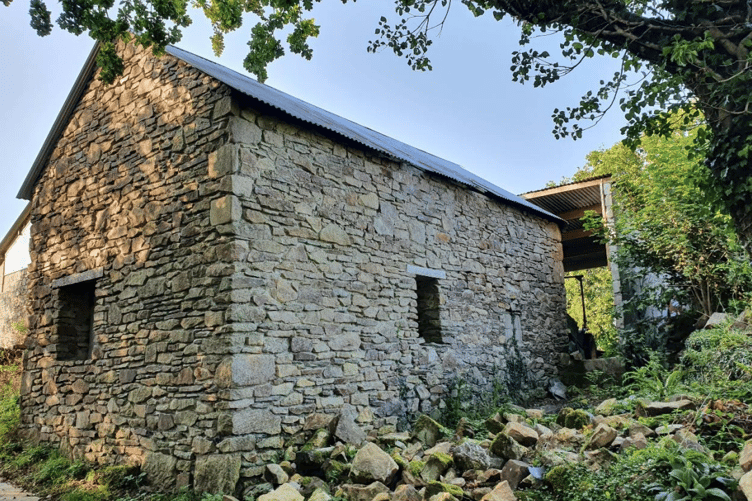
33 objections to the proposals were received by Cornwall Council, with seven statements of support.
Cardinham Parish Council were also among the objectors, with their objections stating concerns related to the impact of the plans on the workings of the neighbouring farm.
Refusing the application, Cornwall Council said: “The proposed development is considered to result in an adverse impact on the residential amenities of future occupants by means of noise and odour, due to the proximity of an unrestricted agricultural building within separate ownership that is located immediately adjoining the application site to the south. In the absence of any suitable or effective mitigation measures the proposed dwellings will be subject to adverse living conditions contrary to policies 12, 13 and 16 of the Cornwall Local Plan Strategic Policies 2010-2030 and paras 135 and 191 of the National Planning Policy Framework 2023.”
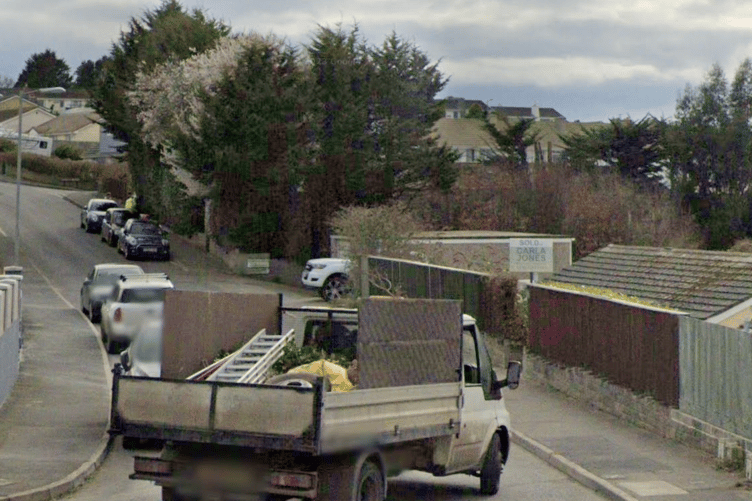

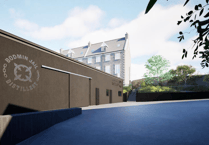
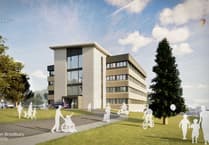
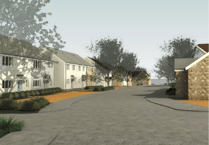
Comments
This article has no comments yet. Be the first to leave a comment.